Going beyond statistics in the quest for clean energy
Personal stories of 100 percent renewable energy can inspire
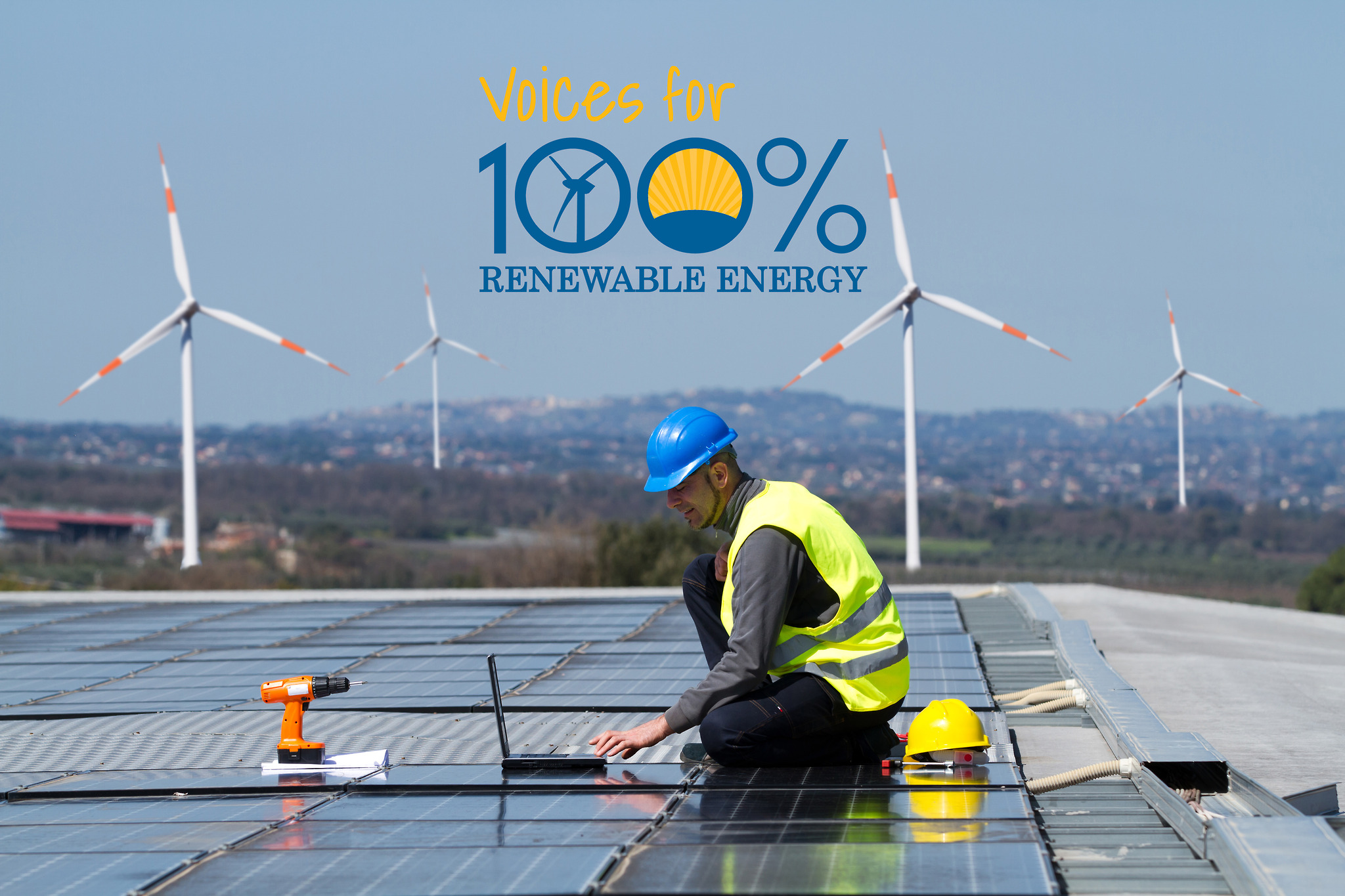
Here’s a statistic that blows me away every time I hear it: 70 percent of people agreed that “in the near future, we should produce 100 percent of our electricity from renewable energy sources such as sun and wind.”
When I see numbers like this, which come from an opinion poll done on behalf of the Edison Electric Institute, it makes me wonder: If the vision of 100 percent renewable energy is so widely popular, why have we not yet fully embraced it as a society?
My conclusion is that positive stats are great, but they don’t move the needle like good story telling. If you ask anyone who works in environmental organizing what inspired them to become an advocate, you won’t hear a lot of numbers. They’ll tell you about growing up in a town that suffered from a coal ash spill. They’ll explain how becoming a parent filled them with worry about the planet we’re leaving to the next generation. They’ll describe the wild, open spaces they explored as a child or ancient, wooded forests and streams now lost to strip mining or deforestation. For them it’s the qualitative not the quantitative that gets them up everyday to fight the good fight.
It’s instructive because if we’re going to build a society entirely powered by clean, renewable energy, it’s time to go beyond the statistics. For me, that’s what makes a project like Voices for 100% so powerful. More than 200 people have gone beyond just being counted. They have spoken up in support of 100 percent renewable energy and shared their story about why building a healthier, more sustainable society is important to them. These stories offer the type of inspiration that can’t be found in polling numbers. Let me share a few.
* * *
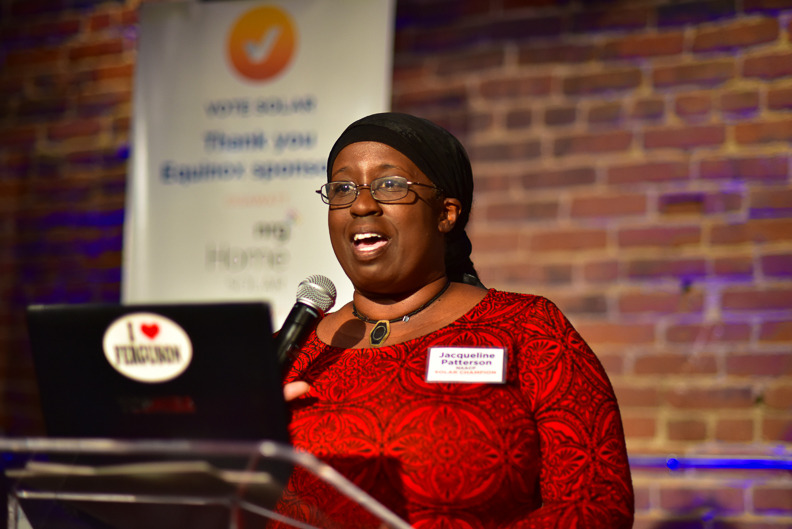
Jacqueline Patterson, director of Environmental and Climate Justice Program, NAACP
“I know all too well the costs of dependence on polluting practices to generate our energy,” said Jacqueline Patterson, director of Environmental and Climate Justice Program at the NAACP. Jacqueline grew up on the South Side of Chicago, near three coal-fired power plants. When she lost her father to lung disease caused by environmental exposure, she knew something had to change. “My story is mirrored by too many people across the country,” Jacqueline said. “The good news is that studies by entities from Stanford University to the National Renewable Energy Laboratory show that it is possible to power this nation through clean energy sources. The lives lost and the lives in peril present the imperative to make this transition now.”
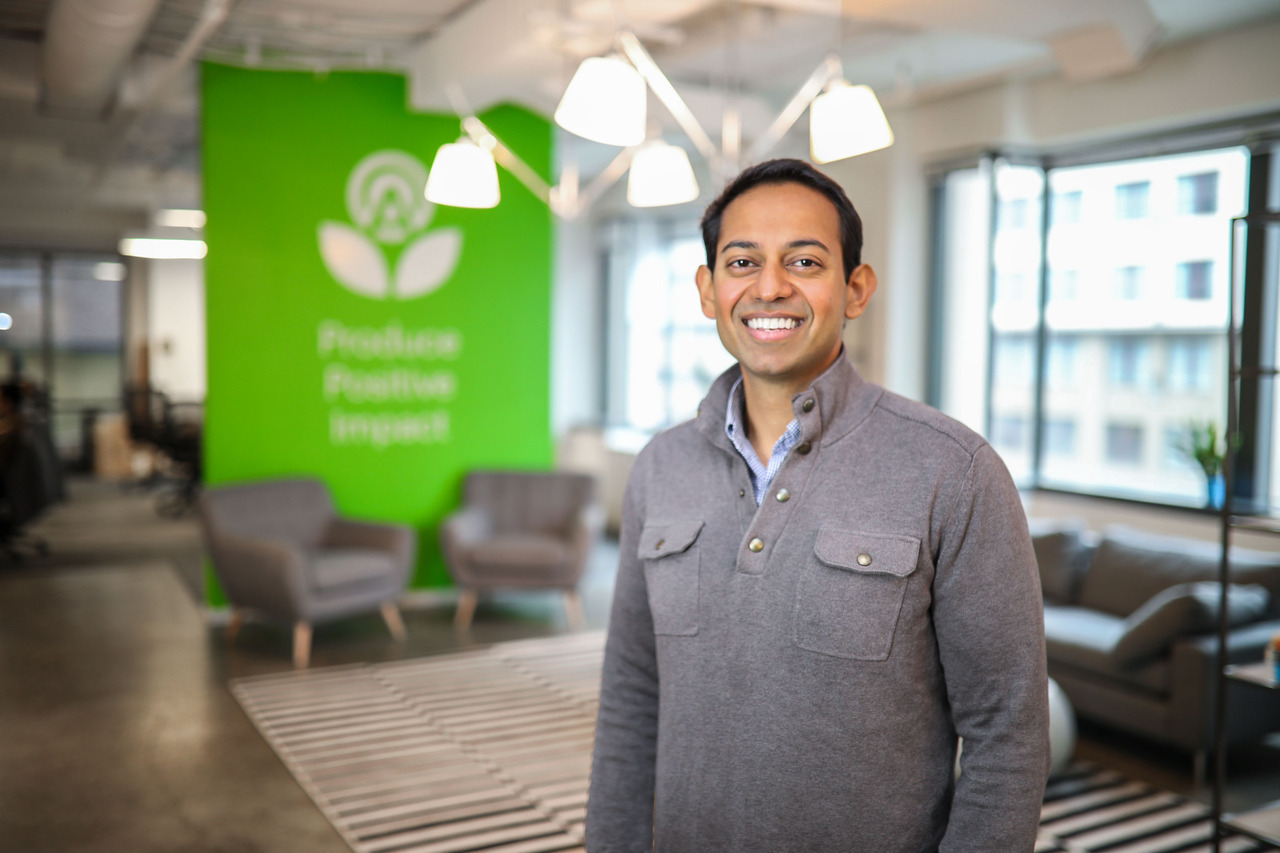
Kiran Bhatraju, founder and CEO, Arcadia Power
Kiran Bhatraju was born in Appalachian coal country, where he saw miners disappear beneath the earth to dig up “black gold” from the hills.
“The industry impacted the culture and lives of everyone around me,” he said. “I remember a field trip in elementary school that took us into an underground mine and I knew we had to find a better way to build an economy and power the country.”
Kiran went on to form Arcadia Power, a company that “connects renters and homeowners across the country to wind, solar, and energy-efficiency. The idea was simple – make choosing clean energy as easy as possible for everyone, and we can rapidly shift the U.S. power mix.”
The “black gold” of Kiran’s childhood has since waned from our energy system, and this year, renewable energy consumption in the U.S. surpassed coal for the first time in more than 130 years.
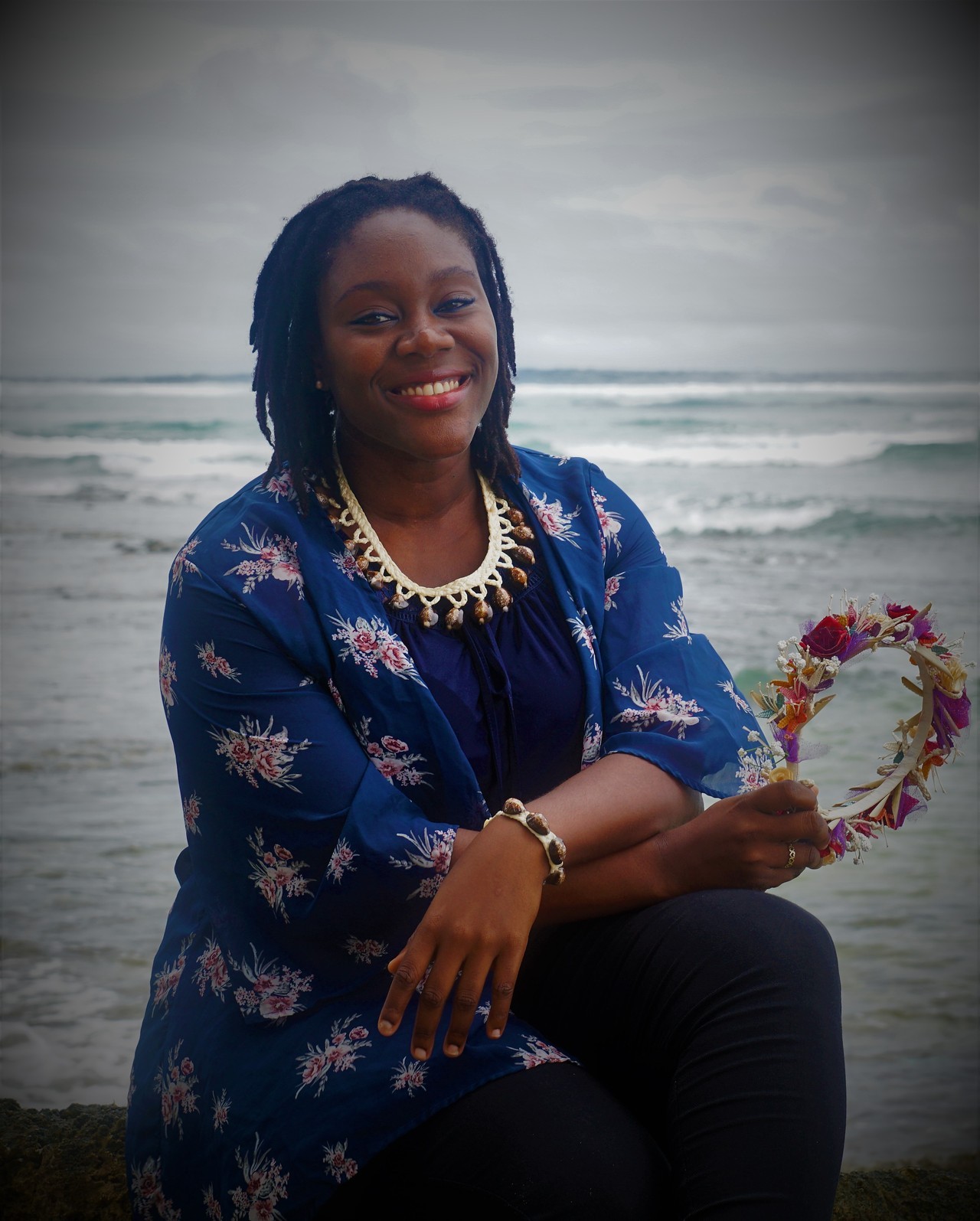
Diana Melville, professor of Marine and Environmental Sciences, College of the Marshall Islands
For Diana Melville, a professor at the College of the Marshall Islands, the impacts of climate change are not theoretical.
“Many small island developing states currently live the changes in climate despite being very minor contributors towards the phenomenon,” she explained. “Here in the Republic of the Marshall Islands, and even in parts of the Caribbean where I’m originally from, we islanders are on constant watch on as our coastlines degrade, our sea walls become demolished by monster waves which then encroach on our low lying lands, threatening to take away our homes, lives and livelihoods.”
The Republic of Marshall Islands published their goal to reach net zero greenhouse gas emissions by 2050 in a plan called the Tile Til Eo Climate Strategy — which means “Lighting the Way” in Marshallese.
“The Tile Til Eo Climate Strategy also places a new emphasis on the adoption of 100% renewable energy technologies across the electricity, waste and transportation sectors,” Diana said. “By adopting renewable energy systems, we show the world our humanity, that we care about the lives of all who call this planet home.”
* * *
These are the stories that inspire me to do the work I do — and will hopefully inspire others to take up the cause. The support for 100 percent renewable energy is here; we just have to start listening to the voices who are leading the way. Like our Voices for 100%, I don’t get up each day to do this work because of numbers, I do it because of my own connection to our planet and the people on it.
But that’s a story for another blog.
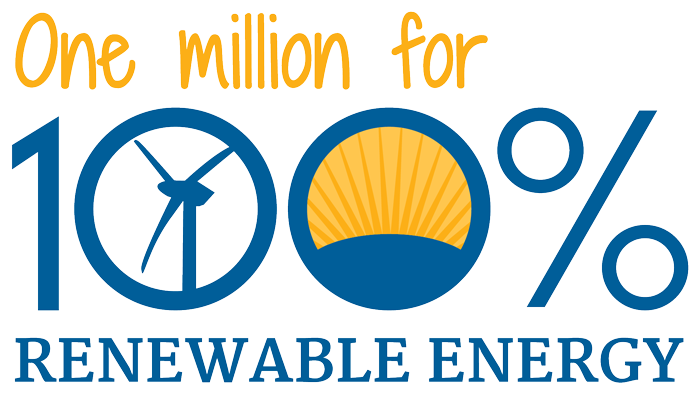
Join our call for a 100% renewable energy society
